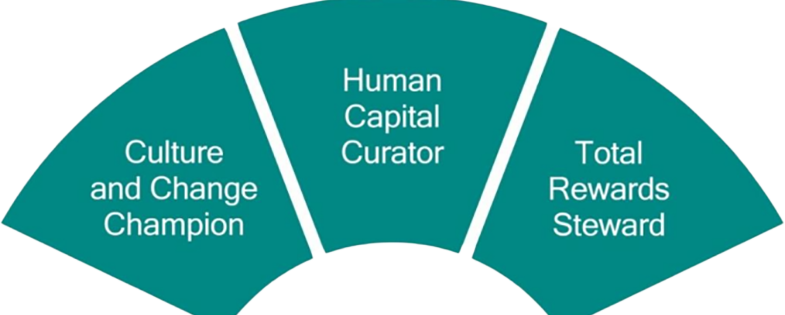The Human Capital Curator competency is one of the three Organizational Enablers focusing on how HR professionals add strategic value, gain trust and manage competing priorities.
HR professionals offer integrated and innovative HR solutions for managing people within their organization. These HR practice areas support the skills, knowledge and experience possessed by employees, otherwise known as Human Capital. Human Capital is important in the workplace because if an organization values this aspect, it creates a more productive environment that benefits both the employer and employees.
Here are some examples of what the Human Capital Curator competency looks like in our work:
Developing Talent and Leaders
-
Developing talent based on organizational needs
-
Facilitating meaningful developmental work experiences
-
Identifying and prioritizing key positions
-
Assessing leaders against established leadership metrics
-
Building a business case for investing in leaders
-
Managing succession plans for key leadership positions
Driving Performance
-
Establishing clear performance standards
-
Designing measurement systems that distinguish high performing individuals from low-performing individuals
-
Facilitating the design of organizational structure (e.g., roles, responsibilities)
Developing Technical Talent
-
Building opportunities for promotion for technical experts
-
Providing developmental programs for technical experts
-
Differentiating leadership potential from technical expertise
Take some time to reflect on other aspects of the human capital curator competency:
-
What can you do within your unit to develop staff, maybe a new supervisor or an employee who’s taken on higher level responsibilities?
-
Evaluate whether or not you have a talent shortage in a particular area—research administration, student services, finance, gift officer, patient services, facilities support—and how can you help resource this shortfall?
Additional resources in LinkedIn Learning:
